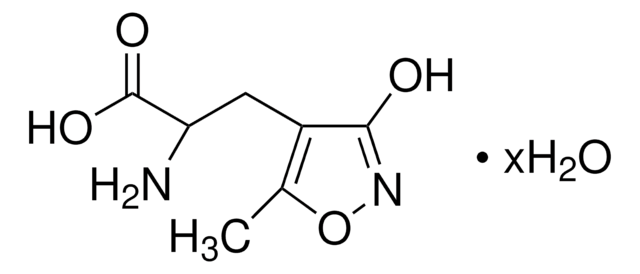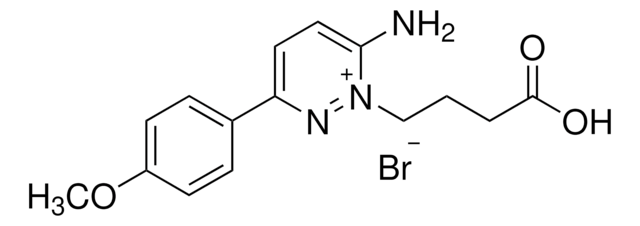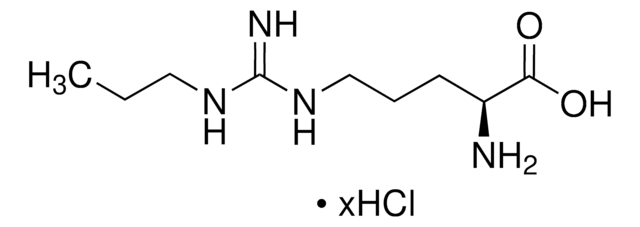M3262
N-Methyl-D-aspartic acid
≥98% (TLC), suitable for cell culture
Sinónimos:
(R)-2-(Methylamino)succinic acid, NMDA
About This Item
Productos recomendados
Nombre del producto
N-Methyl-D-aspartic acid, ≥98% (TLC), solid
Ensayo
≥98% (TLC)
Formulario
solid
técnicas
cell culture | mammalian: suitable
color
white
mp
189-190 °C
aplicaciones
cell analysis
cadena SMILES
CN[C@H](CC(O)=O)C(O)=O
InChI
1S/C5H9NO4/c1-6-3(5(9)10)2-4(7)8/h3,6H,2H2,1H3,(H,7,8)(H,9,10)/t3-/m1/s1
Clave InChI
HOKKHZGPKSLGJE-GSVOUGTGSA-N
Información sobre el gen
human ... GRIN1(2902) , GRIN2A(2903) , GRIN2B(2904) , GRIN2C(2905) , GRIN2D(2906) , GRINA(2907)
rat ... Gria1(50592) , Grik1(29559) , Grin2a(24409)
¿Está buscando productos similares? Visita Guía de comparación de productos
Categorías relacionadas
Descripción general
Aplicación
Acciones bioquímicas o fisiológicas
Código de clase de almacenamiento
11 - Combustible Solids
Clase de riesgo para el agua (WGK)
WGK 3
Punto de inflamabilidad (°F)
Not applicable
Punto de inflamabilidad (°C)
Not applicable
Equipo de protección personal
Eyeshields, Gloves, type N95 (US)
Elija entre una de las versiones más recientes:
Certificados de análisis (COA)
¿No ve la versión correcta?
Si necesita una versión concreta, puede buscar un certificado específico por el número de lote.
¿Ya tiene este producto?
Encuentre la documentación para los productos que ha comprado recientemente en la Biblioteca de documentos.
Los clientes también vieron
and tau proteolysis in rat cerebrocortical
neuronal cultures after ecstasy or
methamphetamine exposure.
Nuestro equipo de científicos tiene experiencia en todas las áreas de investigación: Ciencias de la vida, Ciencia de los materiales, Síntesis química, Cromatografía, Analítica y muchas otras.
Póngase en contacto con el Servicio técnico









